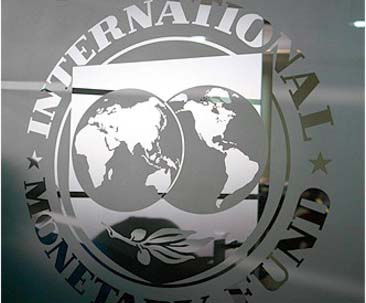(Barbados Nation) Barbados’ economic situation is even more dire than initially thought – so serious that the BD$2 to US$1 exchange rate could be in jeopardy.
An analysis of the just released International Monetary Fund (IMF) Barbados Staff Report for the 2017 Article IV consultation that the Freundel Stuart administration refused to make public since January, revealed the agency was extremely concerned about Government’s inappropriate fiscal policies, poor implementation of reforms, and an overall lack of confidence, all of which contributed to Barbados’ large fiscal deficits, high debt, and low foreign exchange reserves.
The report stated that the May 2017 budget sought to address the increasing funding challenges and falling reserves “with an ambitious fiscal adjustment that aimed to eliminate new funding requirements”, including receipts from the sale of the Barbados National Terminal Company Limited (BNTCL) and Hilton Barbados Resort. The large adjustment was also intended to reverse the debt trajectory, but would slow growth and increase inflation.
“However, weaker than expected revenues and budget implementation slippages suggest that the deficit is likely to remain significantly higher than planned with correspondingly large funding requirements. Debt also remains unsustainable, while low and falling international reserves raise vulnerabilities,” said the report.
May not stabilise
It warned that reserves may not stabilise if the sale of the BNTCL and Hilton did not materialise, if there were fiscal slippages and private investment inflows are lower. It also advised against any new Central Bank funding of Government (printing money) as this could erode reserves and jeopardise the exchange rate peg.
“Low international reserves pose a critical vulnerability. Indicators point to a modest overvaluation of the exchange rate, and reserves have continued to decline in the face of low official and private (investment) inflows. These declines reflect concerns about fiscal and debt sustainability,” said the report, which noted that notwithstanding a narrowing in the current account balance, reserves continued to fall, nosediving to US$274.8 million or 1.6 months of imports at the end of September 2017. Reacting to the international reserves situation, regional economist Marla Dukharan said “the ratio of the monetary base versus the level of international reserves, reached BBD12.28 per USD1 in reserves in January 2018, improving only slightly to BBD11.12 per USD1 in March 2018”.
In layman’s terms, this means that instead of holding at least USD$1 in reserves for every BBD$2 in circulation (which was the case until July 2013), the Central Bank only has USD$1 for every BBD$11.12 in circulation – which means the value of the Barbados dollar has been severely eroded and debased.
The Trinidad-based economist noted the urgency of the reserves situation as US$60 million is due for repayment next month on the US$225 million Credit Suisse AG Cayman Islands loan which was negotiated in 2013.
Higher interest
The interest rate on that loan has jumped appreciably because one of its built-in provisions was for a hike in interest rates in the event of a downgrade below BB – (by Standards and Poor’s (S&P) or Fitch ratings) or below Ba3 (Moody’s). Barbados has suffered at least eight downgrades since then.
It should be noted that both S&P and Moody’s ratings are presently overdue, with another downgrade possible given that Barbados’ fiscal situation has not improved, and reserves have declined further.





